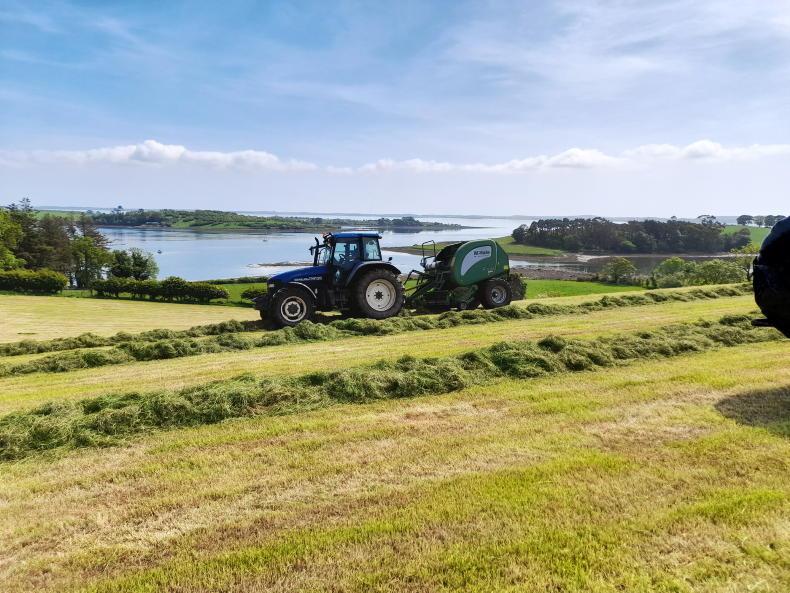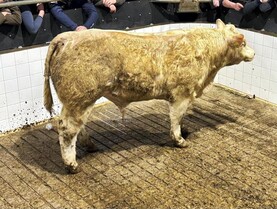Reports from across much of England suggest that farmers there are really starting to struggle with a lack of rain since the spring, with grass in short supply and crops looking poor.
The dry conditions look set to hit fodder supply this winter, which inevitably will have implications for the output coming from livestock farms.
It is a completely different situation in NI, where we had a settled spring, followed by a number of prolonged weather windows which have allowed farmers to harvest excellent first- and second-cut silages. Where soil pH has been properly addressed, good bulk has been achieved on the back of slurry and moderate applications of straight Nitrogen.
In addition, the yield potential of maize looks exceptional, as do many other field crops – hopefully another weather window arrives soon to allow progress to be made with the harvest.
It is probably too early to say that NI is benefitting from the impact of climate change, although scientists at AFBI have previously suggested that grass growth in 2050 will have increased by 17%, mainly due to rising temperatures and a longer growing season here.
Record
But either way, it is hard to see anything other than 2025-2026 being a record period for output from NI farms. That is already being seen in dairy where milk production is running around 10% ahead of 2024 levels.
With plentiful silage stocks, reasonably favourable feed prices and robust dairy markets, it all points to that trend continuing in the months to come.
Of course, higher livestock output will put pressure on our environment and we must continually strive to find solutions to deal with excess phosphorus, as well as ammonia emissions from livestock housing.
However, our maritime climate has given us a natural advantage.
Given how others increasingly struggle with drought, it would be morally wrong if we don’t make efficient use of what we have.






 This is a subscriber-only article
This is a subscriber-only article










SHARING OPTIONS: